Steel structure engineering is a branch of civil engineering that focuses on the design, analysis, and construction of structures made from steel. Steel is a common material used in building frameworks due to its strength, durability, and flexibility. Steel structures are widely used in buildings, bridges, towers, and other large infrastructure projects.
Design and Analysis: Engineers design steel structures to ensure they are safe, functional, and cost-effective. This involves calculating load-bearing capacities, selecting the right steel grades, and determining structural elements like beams, columns, and connections. Computer-aided design (CAD) and structural analysis software are often used to model and analyze these structures.
Materials: Steel comes in various grades and forms, including hot-rolled, cold-rolled, and stainless steel, each with specific properties suited for different applications. Engineers must select the appropriate type of steel depending on the project requirements.
Fabrication: After the design is finalized, the components of the steel structure are fabricated in workshops before being transported to the construction site. Fabrication involves cutting, welding, and assembling steel members to meet precise specifications.
Construction: Once the components are fabricated, they are transported and assembled at the construction site. Steel structures often involve the use of cranes and other heavy machinery for installation.
Strength and Stability: Steel is valued for its high strength-to-weight ratio, which allows for lighter structures with greater stability. Engineers must account for various forces, including dead loads (weight of the structure itself), live loads (temporary loads like people and furniture), wind loads, seismic forces, and temperature changes.
Sustainability: Steel structures are often highly recyclable, contributing to sustainability in engineering. Additionally, steel can be reused, which makes it an environmentally friendly material in construction.
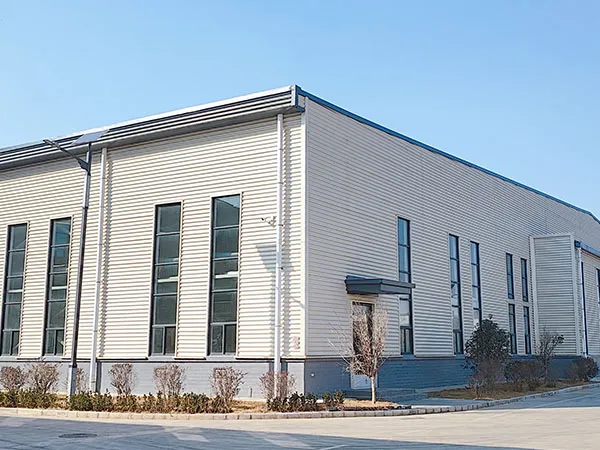
Steel Structure Workshop
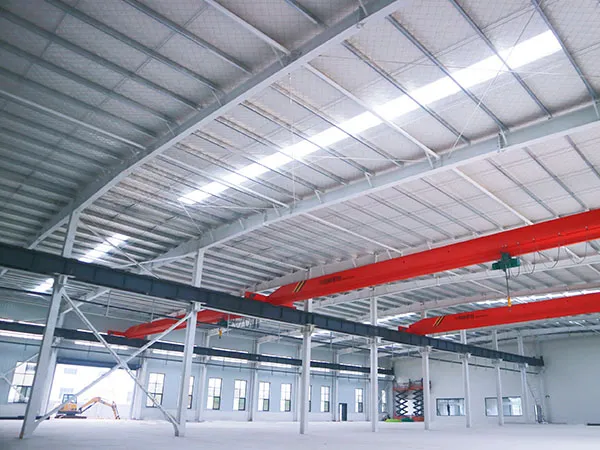
Steel Structure Factory
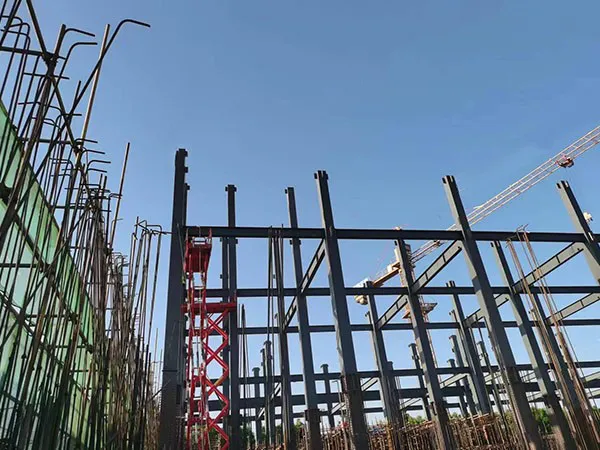
Steel Structure Cold Storage
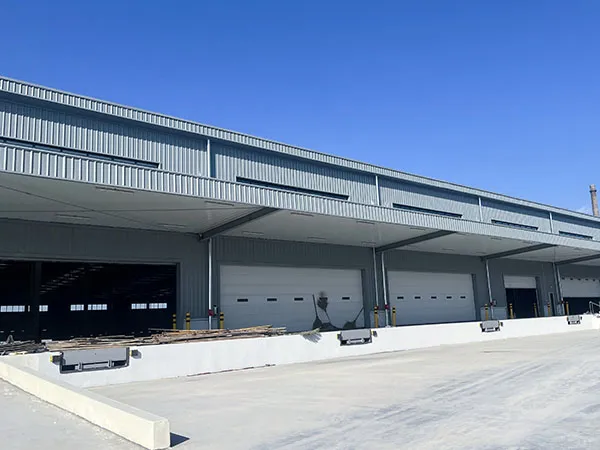
Logistics Park B04 Warehouse Steel Structure Project
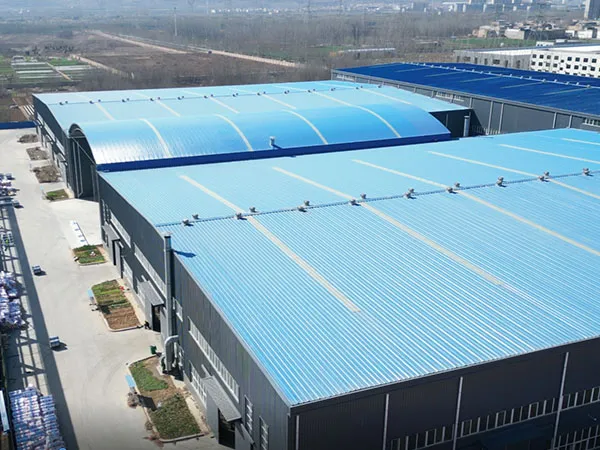
Fuchong Intelligent Glass Tempering Equipment Project
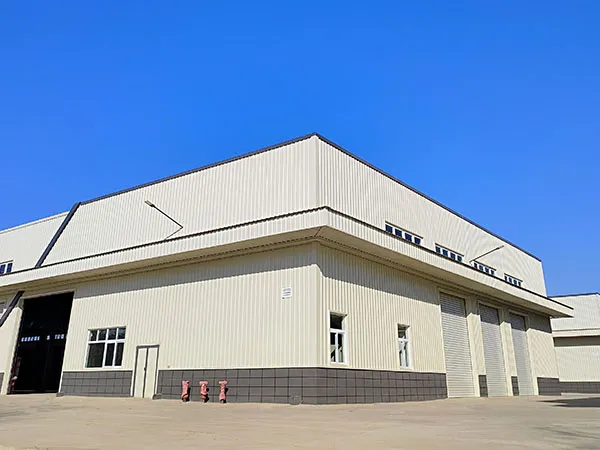
Henan Jiyuan South Passenger Transport Station Steel Structure Engineering Design Project
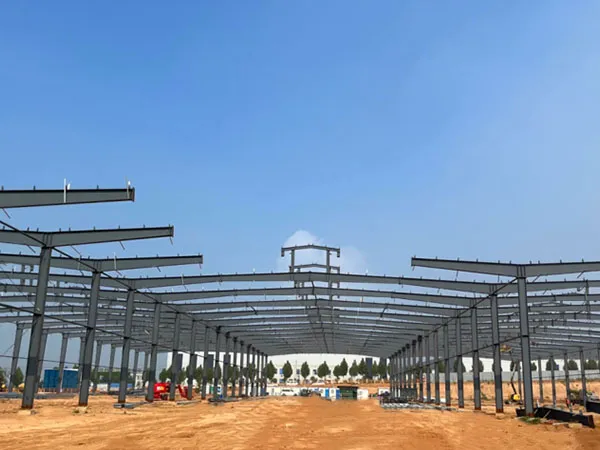
Luoyang Shangke Electrical Technology Co., Ltd. Project
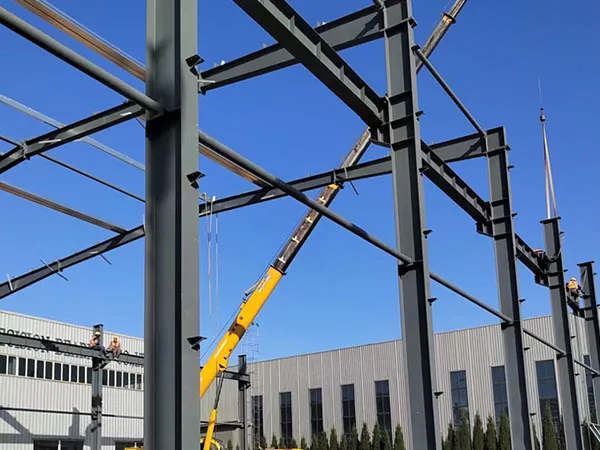
Luoyang Zhongyue Precision Bearing Co., Ltd. Steel Structure Plant Project